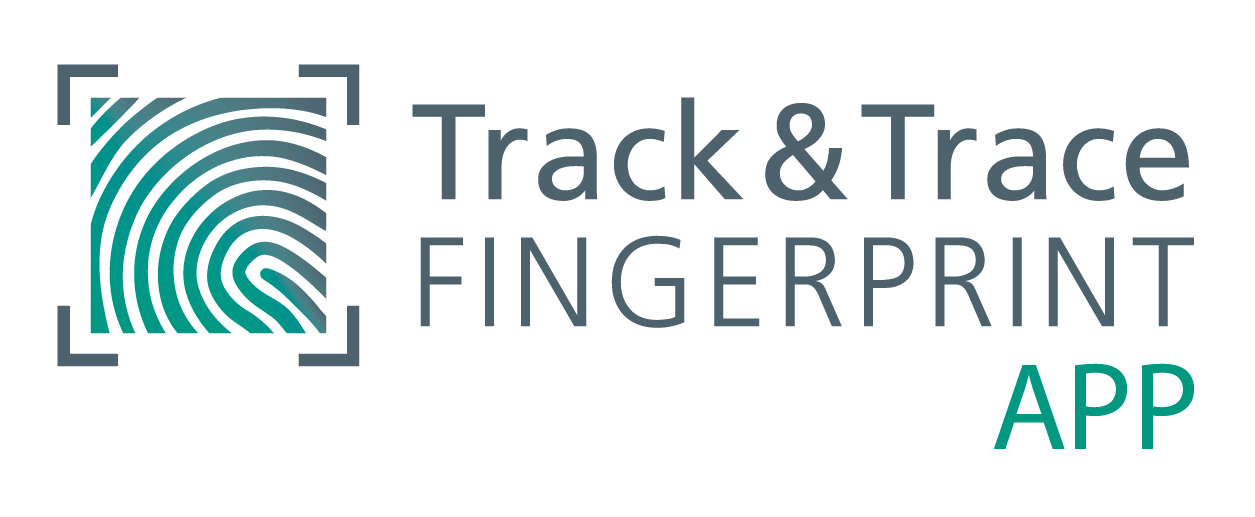
Mobile component tracking via app
The digitization of production and logistics processes relies on the complete and individual tracking of components and goods. This is the only way to ensure access to the right information anytime and anywhere. For this purpose, the parts to be traced are marked - by QR code, laser marking or barcode. However, there is one problem: In many processes, marking is either too complex, too expensive or simply not possible. Track & Trace Fingerprint by Fraunhofer IPM enables identification of millions of components without marking, using their individual surface microstructure instead. In recent years, Fraunhofer IPM has succeeded in transferring the technology from the laboratory to industrial application. Previous pilot projects have used permanently installed in-line camera systems to record precisely positioned components. The downstream algorithm is able to correctly identify one of several hundred thousand components of the same type at a rate of one second by analyzing the record images.
However, goods and products located outside the automated production line, for example in the warehouse, during transport or in use, require mobile, easy-to-use tracking – preferably via mobile app.
The Track & Trace Fingerprint App
Modern smartphone cameras produce pin-sharp pictures, especially for close-ups. This facilitates the use of these images for mobile, marker-free authentication using Track & Trace Fingerprint. Fraunhofer IPM has developed a Track & Trace Fingerprint app, making it possible to identify objects solely based on a picture taken with a handheld smartphone.
How the app works
To ensure that the image meets the requirements of the fingerprint algorithm, an interactive camera mode guides the user. The smartphone checks the image and sends it to a central server, which will identify the component and retorn the corresponding component ID to the smartphone. The user thus gains access to all data linked to the individual component. Incoming and outgoing goods inspection, authenticity check, identification of returns, warehouse management, and monitoring of manual production steps are only a few of the possible application scenarios that can benefit from marker-free authentication via smartphone.
To shorten the duration of authentication, for example in areas with poor network coverage, it is necessary to execute the fingerprint algorithm directly on the smartphone. Fraunhofer IPM is pursuing this and other development goals to get the technology ready for further application.
